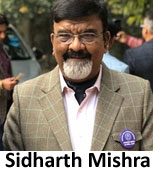The past week has been bad for Delhi Police. No, it has not been because of any particular spurt in crime graph but largely due to the spanking it has received from a trial court to the Supreme Court in their handling of the February 2020 Delhi riots.
Last week a trial court in Delhi came down heavily on the Delhi Police for its probe into a 2020 riots case in North-East Delhi, saying that its failure to conduct a proper investigation will "torment" the sentinels of democracy when history will look back at the worst communal riots in the national capital since partition.
The court said that the case was solved merely by filing the charge sheet without any real effort to trace out the eye witnesses, real accused persons, and technical evidence. Furthermore, the court said that the probe lacked sensitivity and skillfulness.



